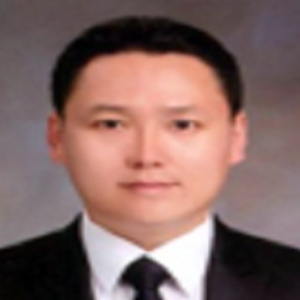Title : Effect of surface-modified Silica/ Polyamideimide (PAI) films
Abstract:
Winding wire is composed of copper (Cu) core enclosed by an insulation coating layer. Specially, Polyamide-imide (PAI) of several kinds polymers has been used in various fields such as mechanical strength, electrical conductivity, high thermal stability and dielectric constant. Silica nanoparticles have a hydrophilic surface and high surface energy leading to low compatibility with hydrophobic polymer. When the silica and PAI are prepared, some mechanical properties of the composite such as the elongation at break point were rather poor as the silica content was increased.
In this work, to overcome this problem, the key was how to improve the compatibility of the silica nanoparticles with PAI and maintain the good dispersion stability of silica nanoparticles within PAI films. The surface modification is the most widely used method using a silane coupling agent (SCA) which contained amino-, expoxy group. After the surface modification process, the modified silica nanoparticles had the better compatibility with PAI matrix and the modified silica nanoparticles could be well dispersed into the PAI matrix, even when the amount of silica to PAI reached to 5 wt%. Electric resistance properties of the nanocomposite winding wire were investigated.



